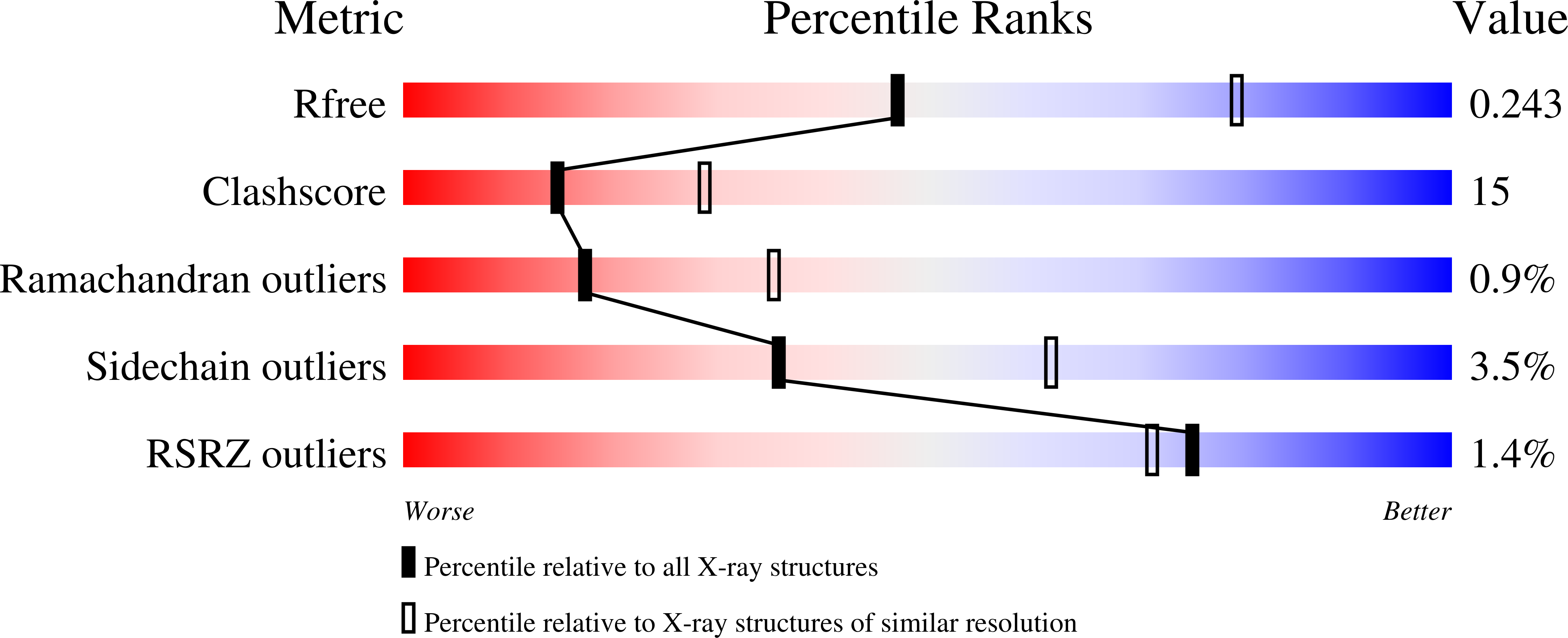
Deposition Date
2004-12-20
Release Date
2005-02-15
Last Version Date
2024-11-13
Entry Detail
PDB ID:
1YBG
Keywords:
Title:
MurA inhibited by a derivative of 5-sulfonoxy-anthranilic acid
Biological Source:
Source Organism:
Enterobacter cloacae (Taxon ID: 550)
Host Organism:
Method Details:
Experimental Method:
Resolution:
2.60 Å
R-Value Free:
0.25
R-Value Work:
0.20
Space Group:
P 21 21 21


